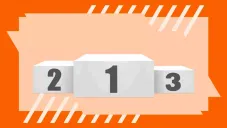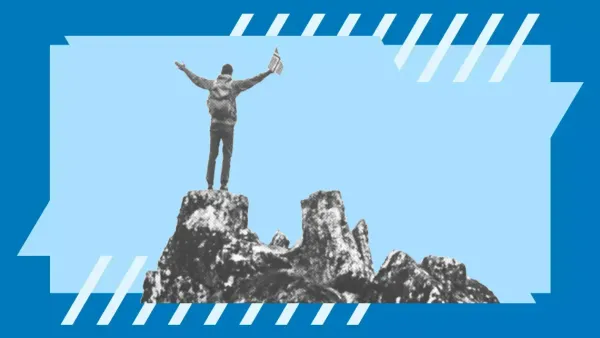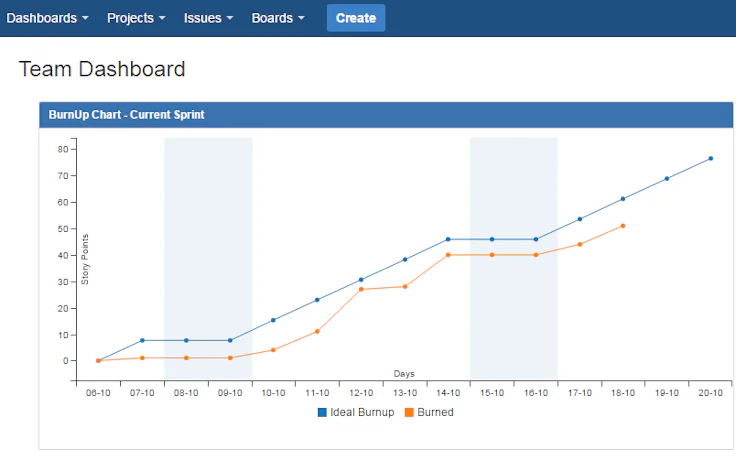

What is a Burn Up Chart and How to Use it to Manage Agile Projects?
Are you wondering what a burn up chart is and what it could be useful for? This article provides a comprehensive guide and will tell you how to use a burn up chart.
Tracking project progress efficiently is just as important as careful project planning. The scrum methodology includes agile project management tools designed to facilitate both monitoring and tracking, but also communication about any change that could affect the scope or progress of the project.
Follow our step-by-step guide to know how to build a burn up chart to track project progress effectively. With the right examples and our free burn up chart template, you will have everything you need to track your agile projects.
Going further, you’ll learn more about the advantages of this chart compared to its close cousin, the burn down chart, at the end of this guide.
What is a burn up chart and how to use it?
Burn up charts and the scrum methodology
Burn up charts are project management tools designed to show a visual representation of:
- the scope of a project or an iteration (also called a development cycle, or sprint)
- how much work has been completed
This tool often goes hand in hand with the agile scrum methodology, which was originally imagined for software projects but can be used with any kind of project.
How to read a burn up chart?
The graph below shows an example of burn up chart.
 © Jira
© Jira- The horizontal axis shows the total duration of the project or iteration
- The vertical axis represents the total amount of work, using either story points of working hours
Two lines can be seen.
- The orange line showing the amount of work that has been completed up until the current day (project progress line)
- The blue line, which is the ideal path to completion. It represents the total amount of work required to reach the objectives set for the sprint or project (total work line).
As implied in its name, the chart goes up, and the lines trend upwards until they meet, meaning the goals were reached by the team.
You can easily estimate the work left to do by measuring the gap between the two lines of the chart.
Why you should use a burn up chart
Burn up charts can be especially useful when the scope of the project is expanded at the request of your client, and new features or services are added to the project.
Using this chart, the Product Owner or Project Manager can:
- review and make adjustments to the sprint
- communicate easily with the client, project team, sponsors and other stakeholders about the potential impact on project development
- visualise the progress of the project in real-time
How to create a burn up chart?
For this guide, we will be using the example of product or software development.
1. Define the scope of your project
The first step to a project is to define the total scope of the project, meaning the list of tasks that will need to be completed. These tasks make up the product backlog, which will be groomed and prioritised by the Product Owner.
2. Estimate the duration of your project
After this preliminary step is complete, the project team can decide how many iterations or sprints will be required to complete all the tasks of the product backlog. You should fix the same duration for each sprint, which is usually between 2 and 4 weeks. The number of iterations represents the total length of the project.
3. Divide the workload
It is now time to assess the time and effort needed to complete your tasks. Agile teams often use methods such as Planning Poker to estimate the story points for each task.
4. Create your burn up chart in Excel
Now that you’re familiar with the burn up chart, you can use Excel spreadsheets to build your own. In Excel, create two columns that will contain time and work units. Each one will represent one of the two axes of the graph:
- Horizontal axis (X-axis): time units
- Vertical axis (Y-axis): work units
As the project progresses, it becomes possible to determine how fast your team works. One iteration after the other, the chart will start showing an upwards trend, which will reflect the amount of work or story points accomplished by the project team.
To make things even easier, feel free to use our burn up chart template, which can be customised to suit your project using Excel or other spreadsheet software.
Download your Burn-up chart!
Download5. Monitor changes and evolutions
Once your burn up chart is built, you can use it to track the evolution of your project in real-time. It shows how much work was accomplished and how much progress you should make to keep your deadlines in check.
This tool will soon become an essential part of your daily routine as a project manager.
Burn up chart vs burn down chart: what are the differences?
Though the burn up chart and the burndown chart are both used in agile project management and can be seen as complementary, the two don’t have the same objective.
Contrary to the burn up chart, the burndown chart shows a downward line. It focuses on the work that remains rather than the progress already made and does not show changes in the scope of the project.
☝️ The two can be used together to guarantee a 360° vision on your projects!
Long story short
Burn up charts are one of the essential tools used by agile project managers. They’re an easy, visual way to represent the progress made by the team and can be used in conjunction with burndown charts to really get a sense of where you sit in terms of working hours and story points.
The positive outlook offered by burn up charts can be a great way to motivate your group and show just how much progress has been made to key stakeholders. Don’t underestimate this tool and use it to its full potential to keep your projects on the right track!























